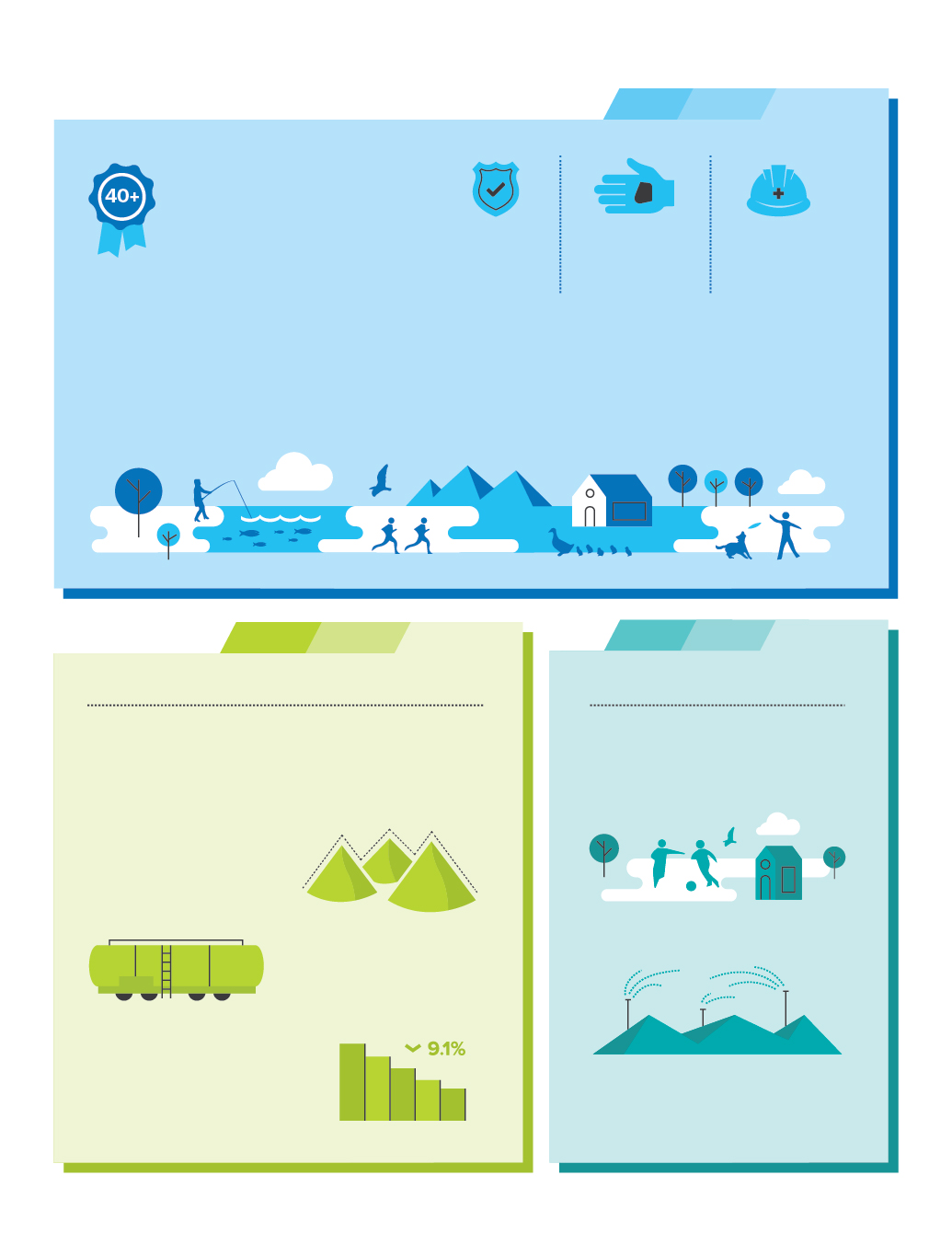
Coal:
Health Facts
Coal is safe, inert and
has been transported
safely for more than
40 years.
The International Agency for Research
on Cancer does not include coal dust
on its list of carcinogenic agents
harmful to humans.
In Montana, a review of a 2012 Missoula City-County
Health Department coal dust study confirmed it is
"unlikely that coal dust emissions generated by the
transportation of coal by railway will have health
impacts on the public."
In 2013, Delta conducted monitoring to investigate the presence of
coal dust in the community. Results showed that there was limited
coal dust, even in the driest month on record.
In March 2014, the Northwest Clean Air Agency - which enforces
government clean air standards in the U.S. Pacific Northwest -
released a study which indicated that after a year's worth of
monitoring coal dust is simply not a cause for concern.
Coal is not
classed as a
dangerous or
hazardous
material by
transport canada
You can handle coal
with bare hands -
protective equipment
is not required by
employees handling
the product
We work hard
to meet or
exceed standards
set to keep
workers and
communities safe
Rail Transportation
Rail is the most environmentally responsible
way to move our natural resources – up to
four times more efficient than trucks.
Each rail car is spraed with a
coating that forms a thin crust
on the coal to keep it in place.
A single freight train replaces up
to 250 trucks, saving 35,000
litres in fuel and 100 tonnes of
GHG emissions.
According to Transport Canada, railway
companies have reduced greenhouse gas
emission by 9.1% since 1990 despite an
increase of 23.1% in the amount of cargo
carried and distances travelled.
Terminals
Metro Vancouver's air monitoring
results show continuous
year-over-year improvement in air
quality even as activity at our
terminals has increased.

